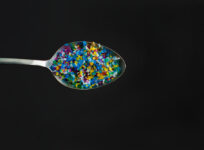The Three-Question Diet Profile
Three simple questions can tell a lot about someone’s nutritional status and diet consciousness. How many daily servings of fruit and vegetables do you eat? Do you drink milk everyday? Do you take a daily multivitamin?







